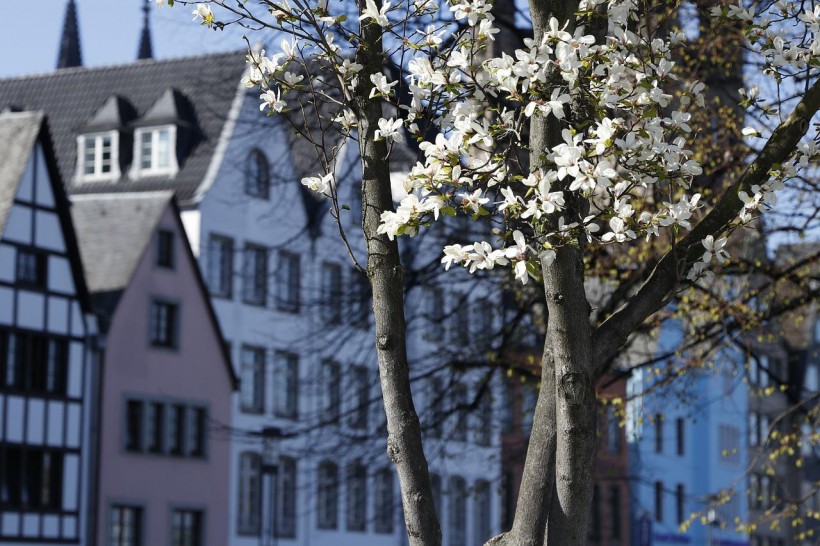Trees in the city are very useful as they regulate the temperature and precipitation runoff, clean the air, prevent erosion, and provide other benefits to the ecosystem. Urban trees make cities beautiful and more livable. A 1992 study found that a single tree provides $73 worth of air conditioning, $75 worth of erosion control, another $75 got wildlife shelter and $50 worth of clean air.
However, urban trees are always threatened by increasing temperatures, concrete, pollution, and human activities. That is why some researchers want to monitor them using a Fitbit-inspired device.

Researchers Want to Use 'Fitbits' in Urban Trees to Track Growth, Flowering, and Changing Leaves
Low-Cost "Tree Fitbits" Can Pinpoint Tree Growth
Researchers from the University of Colorado Boulder reported in their new study, titled "From Flowering to Foliage: Accelerometers Track Tree Sway to Provide High-Resolution Insights Into Tree Phenology," published in Agricultural and Forest Meteorology, that low-cost "tree Fitbits" can pinpoint precise timing of tree growth, blooming, and leaf change.
In a press release, researchers said they outfitted two East Boulder ash trees with high-resolution accelerometers that track how the trees change throughout seasons. They believe this technology could be used by arborists to efficiently monitor thousands of trees, giving insight into how tree phenology changes due to climate change.
Recently minted CIRES Ph.D. researcher Deidre Jaeger, the study's lead author, said that accelerometers had been widely used today, and using them in urban trees to detect tree sways in the wind will tell what the tree is doing.
He pointed out that it can detect the mass of trees depending on their water uptake in different seasons, like the rattling sounds of leafless trees in the winter and the flexible sway of trees lush with leaves during springtime.
Although there have been previous studies on accelerometers that detect when leaf buds of trees open, Jaeger said that their version proves how much data a Fitbit device could collect. They could get the precise moment when white ash trees flowered or catch the change in their movements when blossoming or releasing pollen.
ALSO READ: Urban Trees Reduce Pollution and Heatwaves
Fitbit-Inspired Device Can Be Used in Agriculture, Climate Studies
It is not the first time trees have been equipped with accelerometers, as previous studies used the same device to know when leaf buds opened and leaves fell off. They proved to be highly effective in cities and more open spaces.
Jaeger noted that the technique can be used for more than just urban trees and can also be used in agriculture, ZME Science reported. For example, it could give scientists insights into tree cycles that are economically important or detect changes caused by pests. In that way, farmers or growers could respond immediately and prevent further infestation.
Aside from that, it will be useful in climate studies as it can give information about estimated flowering dates, when the fruit will ripen, and when to protect tree buds from extreme weather.
More so, trees are bioindicators of climate change, so having accelerometer data could help scientists learn more about the changing climate and how it will affect tree activities and health.
As these Fitbit-inspired devices become cheaper, methods of monitoring tree health have become more doable and attractive for scientists and economists. Soon, the world might enter the age of Fitbits, a typical device used for trees and not just humans and pets.
RELATED ARTICLE: City Lights Confuse Urban Trees: Study Shows Climate Change and Daylight Extension Alter Growing Patterns of Plants
Check out more news and information on Trees in Science Times.














